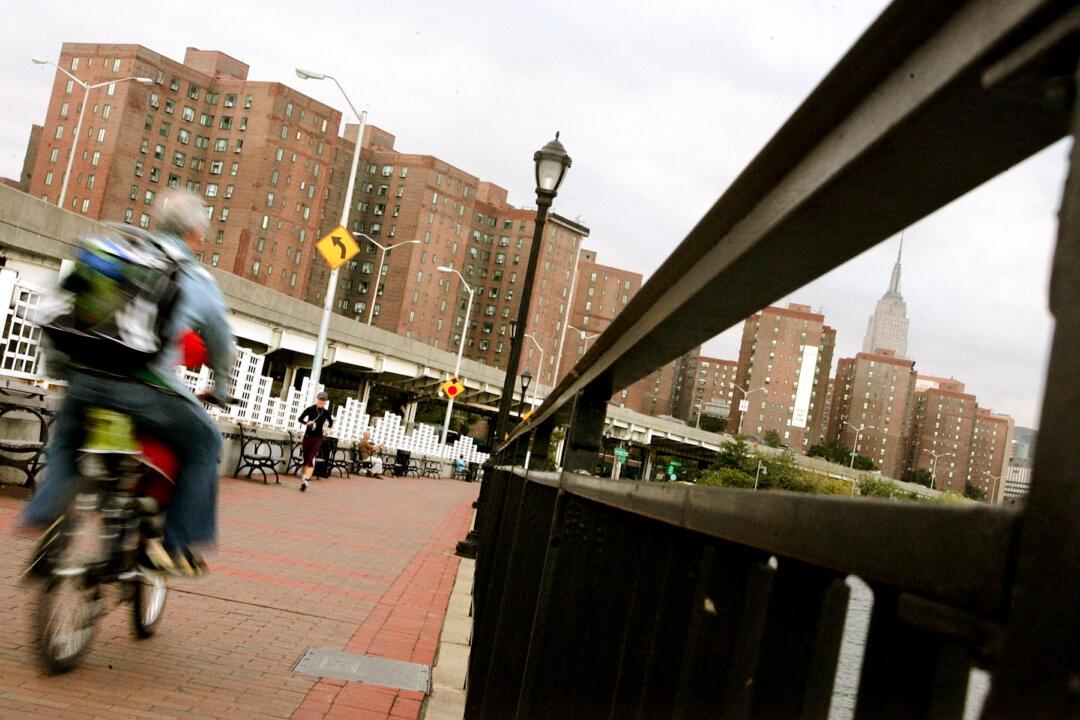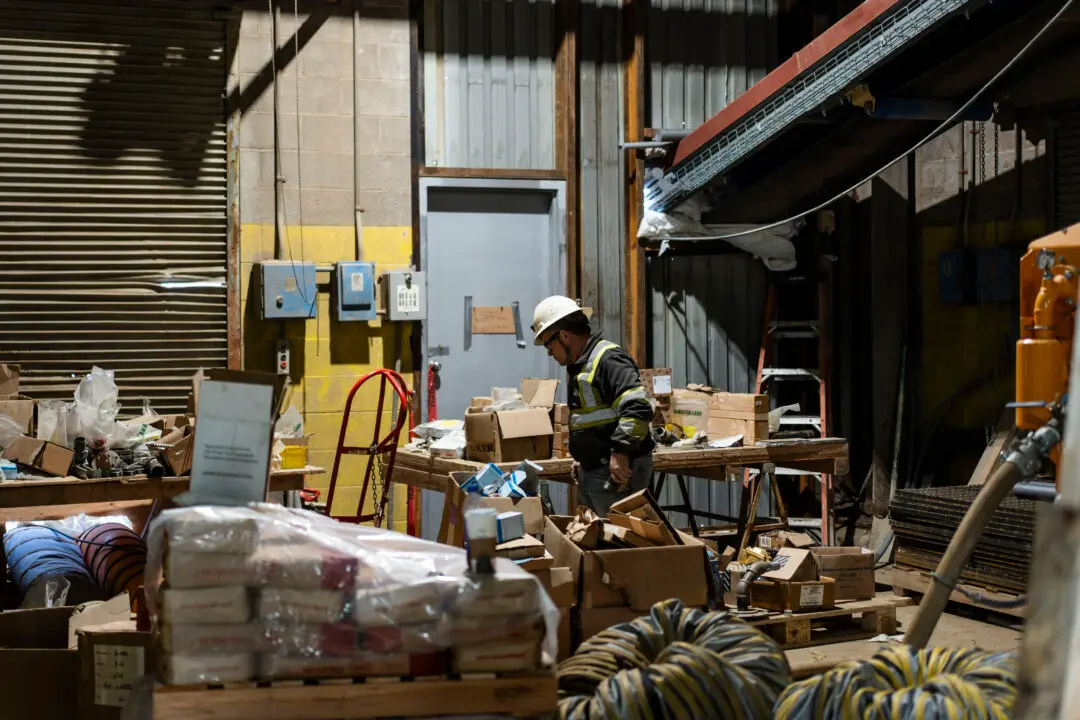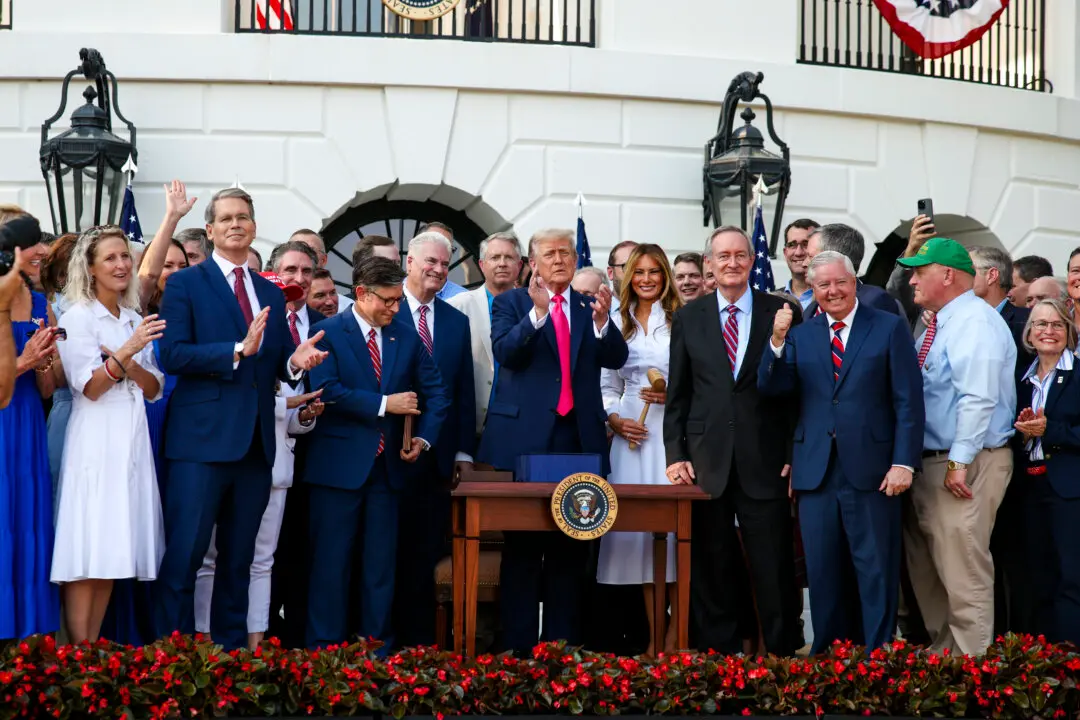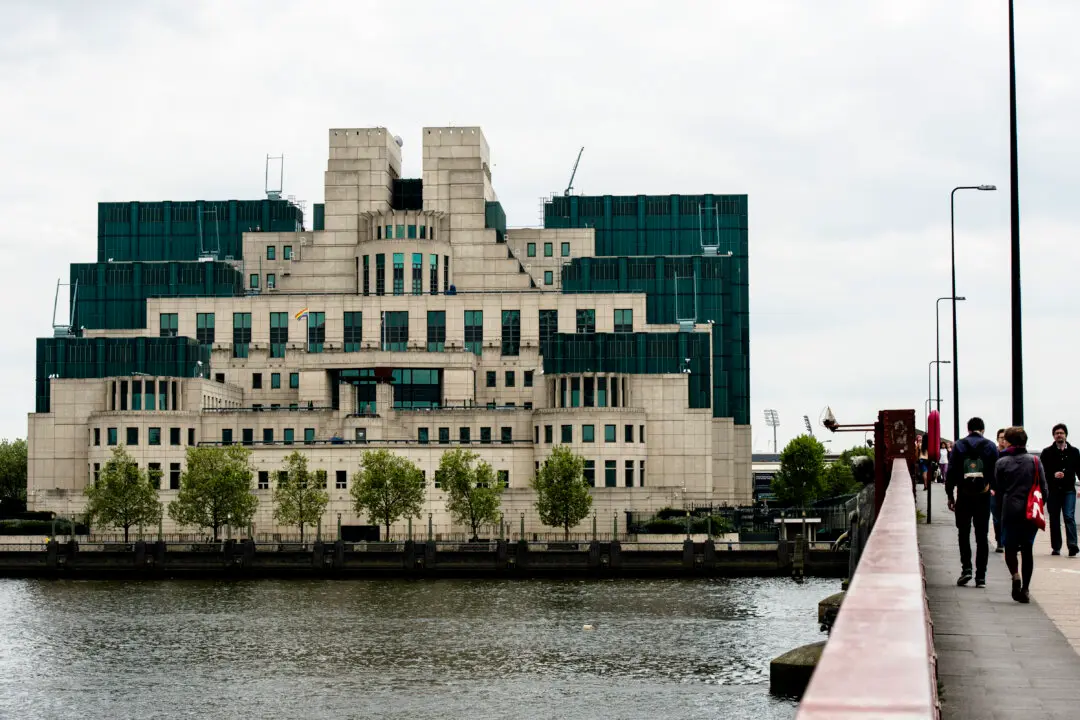The U.S. Supreme Court has refused to strike down New York’s rent control system, although an opinion issued by Justice Clarence Thomas raises hopes that the high court might revisit the issue at a later date and eventually side with free market advocates.
The Supreme Court on Feb. 20 turned away two legal challenges by rental property owners to New York’s decades-old rent stabilization regime that one of the appeal petitions called “the most sweeping and onerous rent control provisions the United States has ever seen.”





